Hazmat Suits Size
Hazmat Suits Market Growth Projections and Opportunities
The Hazmat Suits Market area is associated with the relevant factors that altogether affect the market’s dynamics and the rate of its growth. Foremost is the CBRN threat being heightened and getting people well aware and informed of the effect facing the country. There has been an increased demand for personal protective equipment that includes vests and hazmat as a means for controlling risks in the industrial setting or sabotage activities by terrorists and general public health emergencies. The interests of national administrations, armed forces and manufacturing companies tend to operate in the area of safety and emergency management. Consequently, the demand for the hazmat suits keeps on ticking up, which makes the market unlocking further growth.
Technological progress in various sectors forms the basis of the dictation in the Hazmat suits market. Collaborative work by scientists and technicians is the reason a new generation of fabrics and patterns is put into action, making hazmat suits perform even better, more comfortable, and durable. The modern hazmat suits are incorporated with the features of high breathability, chemical resistance, and mobility added extras, is one reason why it is being adopted across various industries like health, manufacturing, and defense.
Compliance with government rules and regulations concerning hazmat suits greatly affect the market additionalities. Regulatory agencies, like the US Occupational Safety and Health Administration (OSHA) and others of that class internationally, seek to achieve this by enforcing stringent regulation and policies aimed at ensuring the efficacy and safety of the various forms of personal protective equipment. Compliance with the regulations to attain to the high standards of best practices is critical for hazmat suit manufacturers to succeed in the market, which of course will enhance the consumers or users' confidence.
The accelerated occurrence and seriousness of chemical spilling, uncontrolled industrial accidents, and biohazard incidences act as the main causes of Hazmat Suits Market gaining growth. The fact that the risks associated with highly hazardous materials are becoming more and more understood means that organizations along with the first responders are moving towards more adoption of hazard suits to reduce exposure and to protect the human life from various dangerous substances. The pronounced nature of this kind of change can be recognized in the sectors like chemicals, pharmaceuticals, and emergency response services in particular.
Since sufficient budget belongs to safety and emergency, they are regarded as economic factors, which will directly impact the selection of hazmat suits. The affordability issue and yes, the accessibility of these personal protective gears is the point of concern for different industries, including the government bodies, healthcare sectors, and heavy industries. Market players strive to produce affordable protective suits that will not put at risk the safety standards of health care workers when faced with hazardous materials hence, ensuring wide spread of access to the suits.
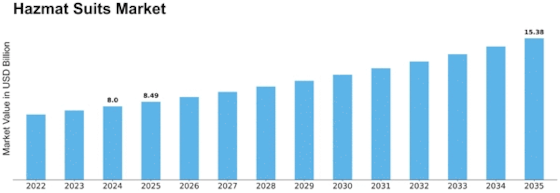

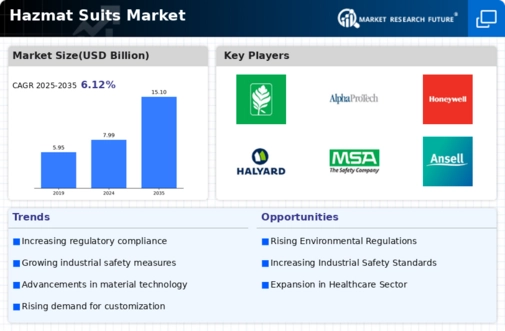

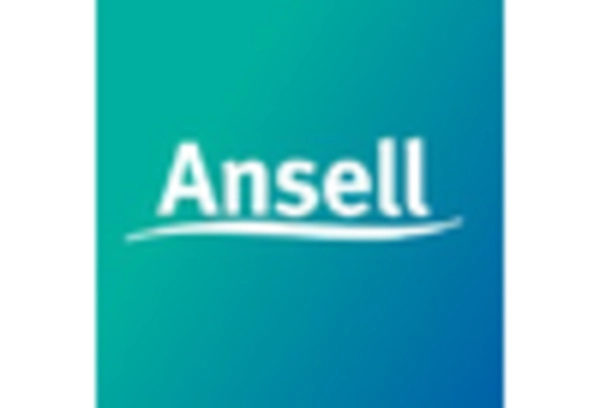


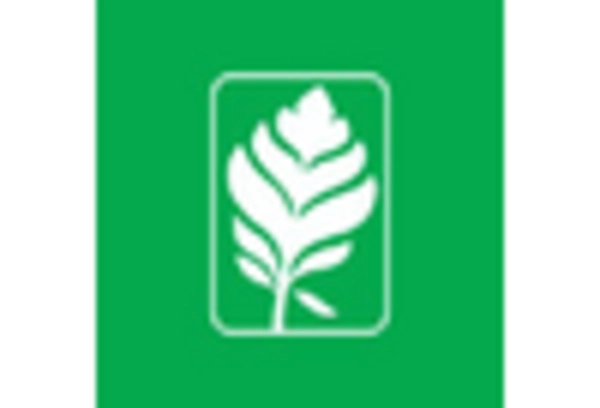
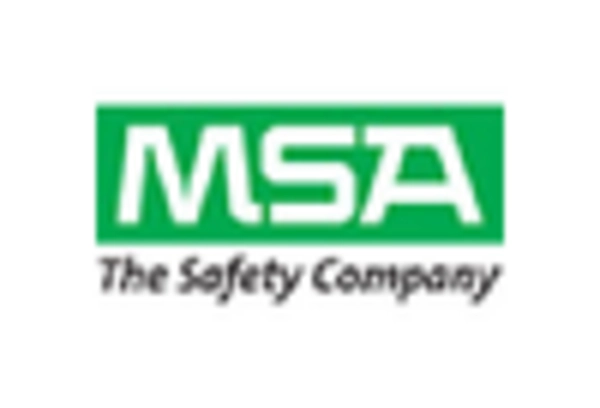









Leave a Comment